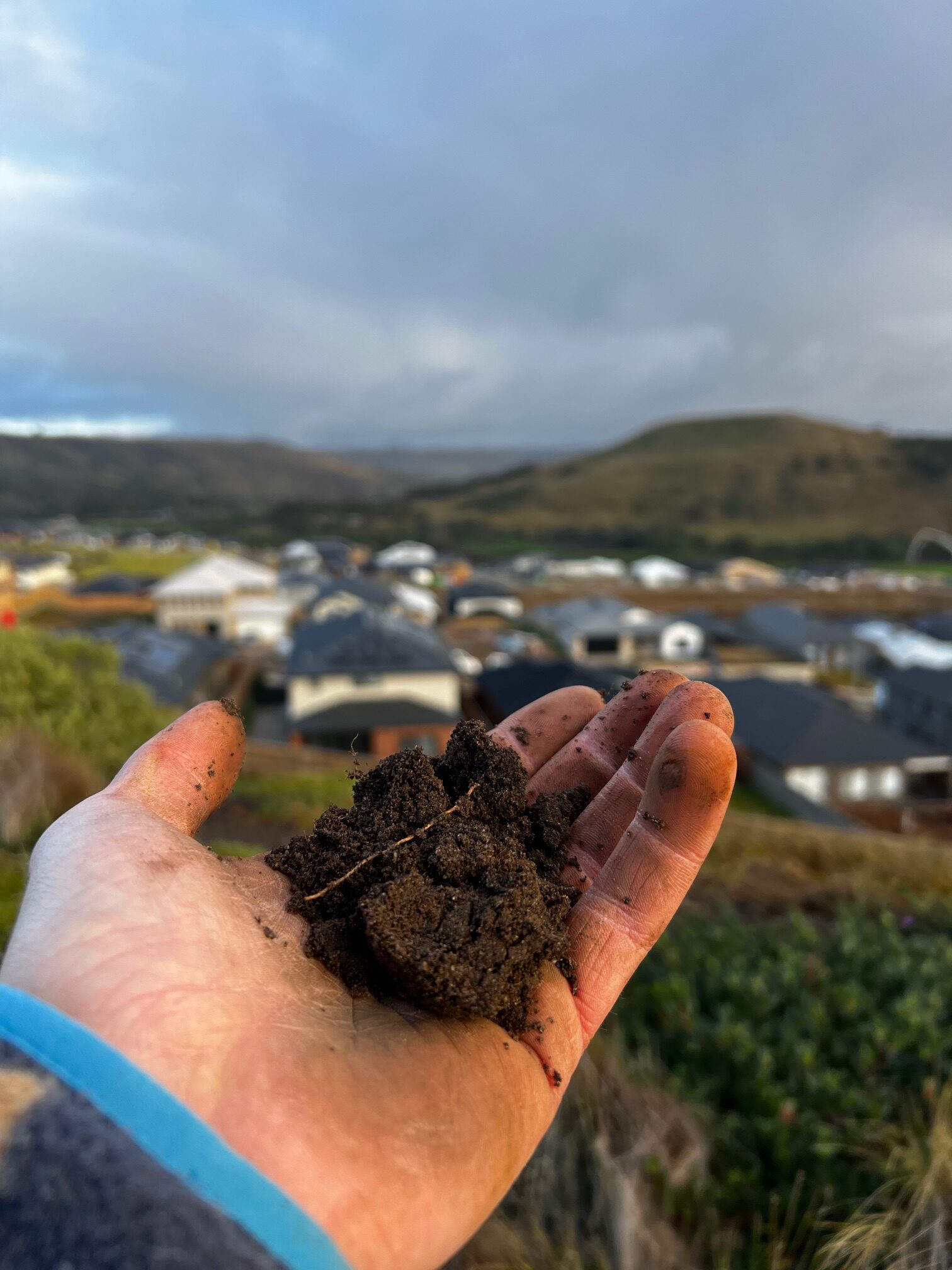Understanding Site Classification Reports: Why They’re Crucial for Your Construction Project
Before any building works begin, whether you’re constructing a new home, extending an existing structure, or restumping, a Site Classification Report is one of the most important documents you’ll need. This report doesn’t just tick a box for building permits and council approval; it’s a key step in ensuring your project is built to last.
In Australia, Site Classifications are defined under AS 2870 for Residential Slabs and Footings. These classifications are essential in determining the most suitable footing and slab system for your project.
To determine your site classification, our geotechnical engineers will conduct an on-site assessment to identify the soil type and evaluate how it is likely to perform under varying conditions.
What a Site Classification Report Includes
As part of our comprehensive geotechnical services, we evaluate and report on a range of soil and site characteristics, including:
- Soil type – identifying whether the soil consists mainly of clay, sand, silt, or a combination
- Soil Reactivity – how much the soil expands and contracts with moisture changes
- Bearing capacity – the load the soil can safely support
- Site features – noting existing trees, slopes, fill and existing structures
Soil isn’t just “dirt.” Certain clay soils are highly reactive, meaning they expand when wet and shrink when dry. This natural movement can place stress on buildings, leading to cracks, uneven settling, and structural damage over time if not properly managed.
A Site Classification Report ensures engineers and builders understand the soil’s reactivity so they can design a footing or slab system that accommodates these movements and protects the integrity of your structure.
Understanding Your Site’s Classification
There are several classifications your site can receive. Class P is the most prevalent, also known as a “Problem Site.”
Many clients are concerned when they receive a Class P classification, assuming it means their site is unsuitable or difficult to build on. However, this is actually quite common, especially in most residential sites around Victoria.
A site is typically classified as Class P if there are existing buildings, old construction remains, vegetation or fill material on or near the property. In other words, most residential blocks in Melbourne would fall into this category.
Importantly, a Class P classification doesn’t mean you can’t build. It simply means the design must be engineer-designed, taking into account the site’s unique conditions. Most homes built today are already engineer-designed, so this process is standard practice and ensures someone looks at the site conditions before issuing a footing design.
Common Site Classifications Explained
Here’s a quick overview of the main soil classifications under AS 2870:
- Class S – Slightly reactive
- Class M – Moderately reactive
- Class H1 – Highly reactive
- Class H2 – Very highly reactive
- Class E – Extremely reactive
Unfortunately, your site’s classification isn’t something that can be chosen or changed; it’s determined by the natural conditions below the surface. Our role is to accurately assess and report these conditions so that your builder and engineer can design the most suitable footing system for your project.
Why Site Classification Reports Matter
Whether you’re a homeowner, builder, engineer, or developer, a detailed Site Classification Report protects you from future headaches and provides a foundational step in your building journey.
By understanding your soil conditions from the outset, you can:
- Prevent costly structural issues
- Ensure compliance with Australian building standards
- Design stable, durable footings and slabs
- Reduce the risk of movement, cracking, and damage over time
Ultimately, a professional geotechnical report offers peace of mind and confidence that your building is designed for durability and safety.
Beyond Site Classification: Soil Testing Melbourne and Other Geotechnical Services
At Southern Geotechnical, we provide more than just soil classification. Our qualified engineers deliver a full suite of geotechnical services to support both residential and commercial projects, including:
- Soil testing Melbourne – Comprehensive soil analysis for new builds, extensions, and subdivisions.
- Landslip risk assessments – Identifying and mitigating potential slope instability risks to protect your property and ensure compliance with council requirements.
- Geotechnical site investigations – Detailed subsurface evaluations to assist with foundation and drainage design.
Our team combines local expertise with advanced testing techniques to deliver accurate, reliable results every time.
Partner with Southern Geotechnical for Your Next Project
If you’re planning a construction or renovation project in Melbourne, a professional Site Classification Report is essential. At Southern Geotechnical, we provide clear, detailed insights to help your builder and engineer design safely and effectively.
Contact our friendly team today to schedule soil testing or to learn more about our geotechnical services.


